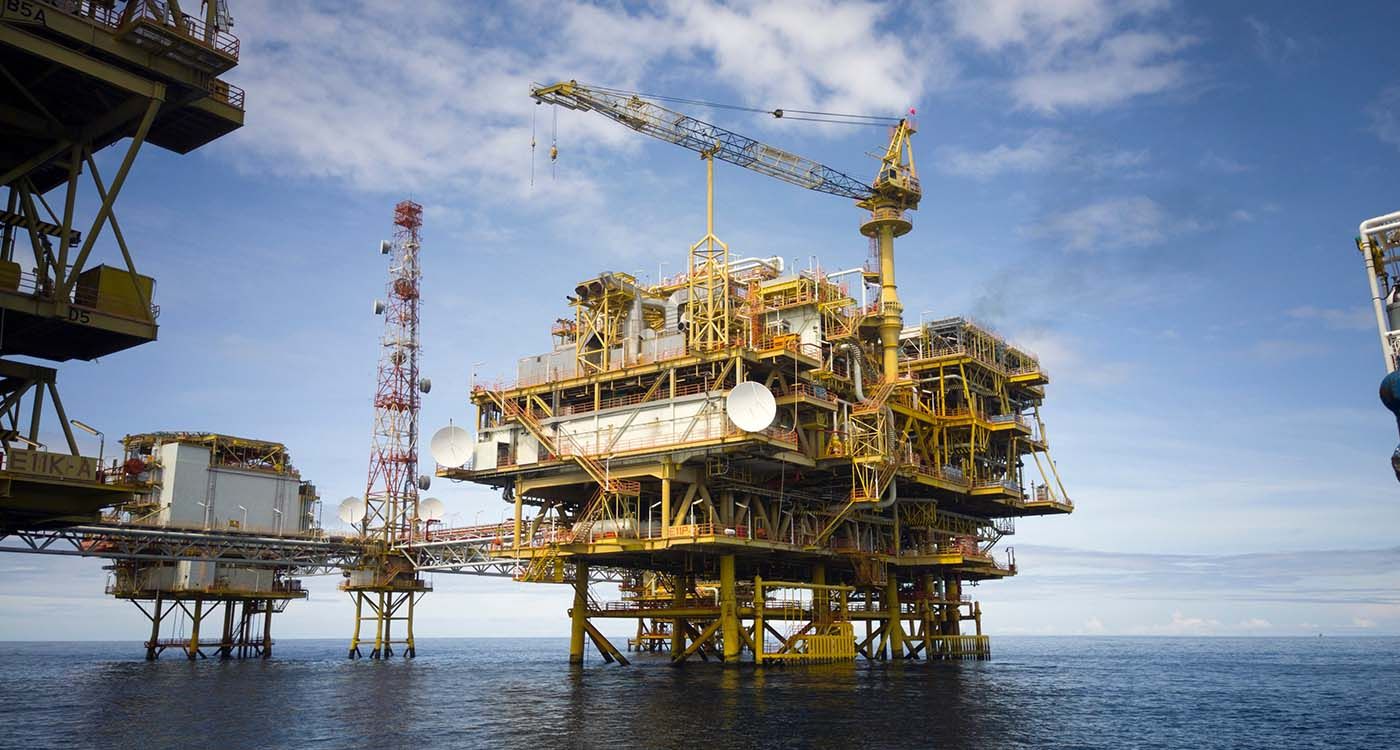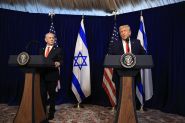
Lebanon’s push to revive oil and gas exploration in its Exclusive Economic Zone remains stuck in limbo. Political gridlock and regional volatility have stalled progress, and even French energy giant TotalEnergies – holder of the license for Block 9 – has yet to take any operational steps or issue public statements.
The only current movement on the energy front comes from the Lebanese Petroleum Administration (LPA), which is evaluating the launch of a seismic survey in Block 8. Meanwhile, the clock is ticking: the Third Licensing Round expires in November, and no companies have applied so far. The LPA and the Ministry of Energy are widely expected to extend the deadline yet again.
Amid this paralysis, one development may offer a glimmer of hope: the maritime border negotiations between Lebanon and Cyprus. If finalized, a border agreement could create a more stable and attractive environment for international investors, especially in offshore blocks near the boundary between Lebanese and Cypriot waters. The demarcation line stretches approximately 95 nautical miles, from Point 23 in the south (also shared with Israel) to Point 7 in the north (a tripoint with Syria).
Energy expert Rudy Baroudi called the Cyprus talks a welcome breakthrough: “Finalizing the maritime border with Cyprus is great news for Lebanon, especially under the leadership of President Joseph Aoun. It represents an important economic opportunity and I believe this administration can achieve what previous ones could not.”
Baroudi urged the government to strengthen the LPA’s independence and fill vacant posts to ensure it can effectively engage with Cyprus and Syria, and support future offshore licensing rounds.
He also emphasized that the maritime disputes with Cyprus are not intractable: “The disagreement near Point 7 in northern waters is solvable under international law. Both Lebanon and Cyprus are parties to the UN Convention on the Law of the Sea. Syria is an observer. And with satellite-based demarcation technologies, the risk of miscalculation is very low.”
According to available data, Lebanese Blocks 1, 3 and 5 overlap with Cypriot blocks by distances ranging from 233 meters to 4.8 kilometers. Some Cypriot blocks also intrude up to 1.1 kilometers into Lebanese waters. Notably, during a 2015 Cypriot survey near Lebanese Block 3, a sunken ship was discovered encroaching toward Lebanon’s maritime area. Nicosia notified Beirut but reportedly received no response.
Despite past inaction, Baroudi sees renewed promise in the bilateral relationship: “The first foreign official to visit President Joseph Aoun after his election was Cypriot President Nicos Anastasiades on January 10. That’s not a coincidence; it signals alignment.”
Baroudi also stressed the urgency of resolving Lebanon’s maritime dispute with Syria. Initial steps have already been taken. In a Saudi-hosted meeting, Saudi Defense Minister Prince Khalid bin Salman convened his Lebanese and Syrian counterparts, Michel Menassa and Murhaf Abu Qasra. A subsequent summit at the Élysée Palace gathered the presidents of France, Lebanon, Cyprus and Greece – joined remotely by the Syrian interim President.
Maritime data shows Syrian offshore blocks currently overlap with approximately 652 square kilometers of Lebanon’s northern waters, while Lebanese claims extend into about 69 square kilometers of Syrian-designated areas.
Ultimately, resolving the tripoint at Point 7 – and securing the full maritime border – will require a political decision from Damascus. While Lebanon and Cyprus are advancing, Syria now holds the key. For a final deal to hold, Baroudi warns that Syria must be shielded from external interference, particularly from Turkey, whose strategic ambitions in the eastern Mediterranean could complicate the path forward.




Comments